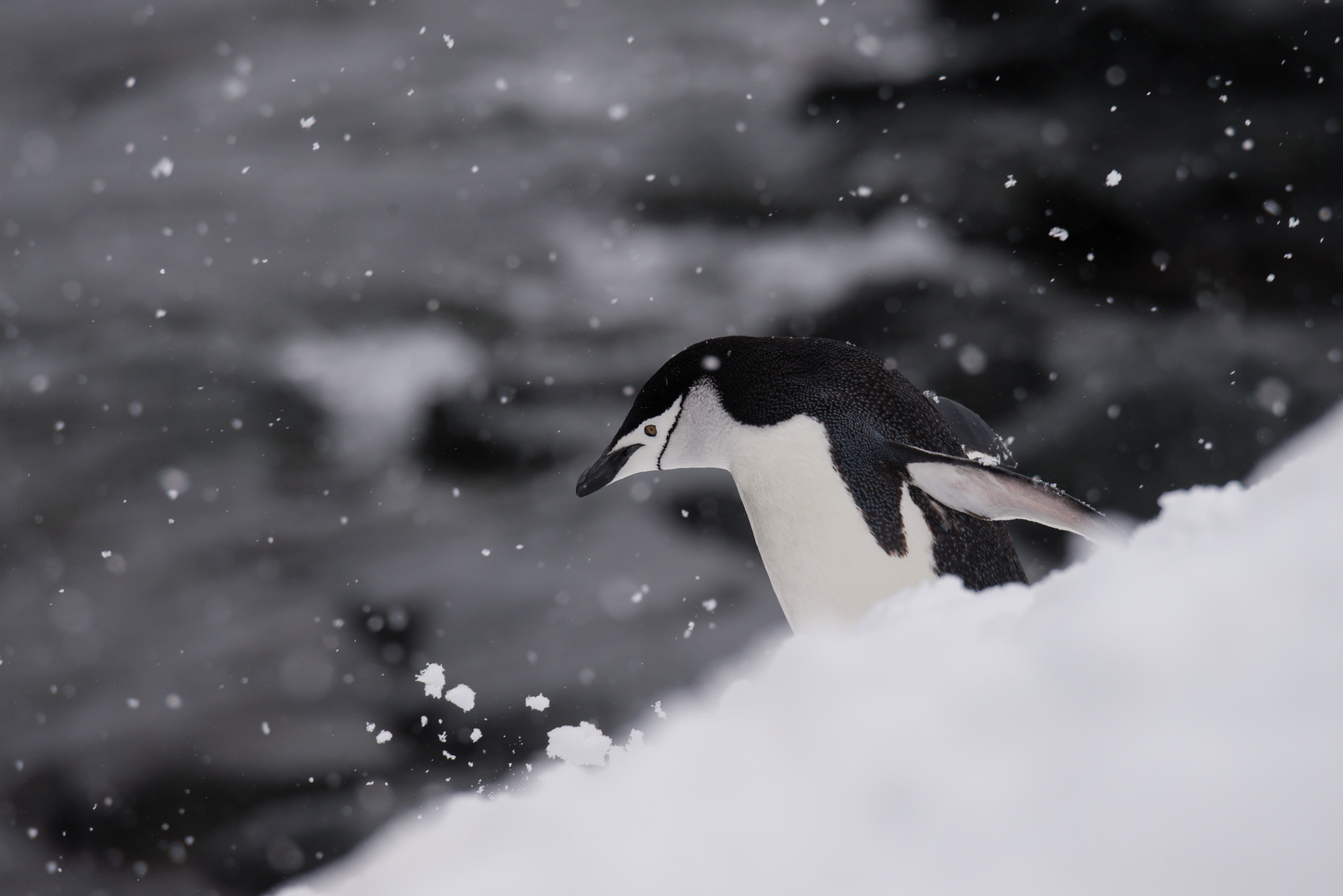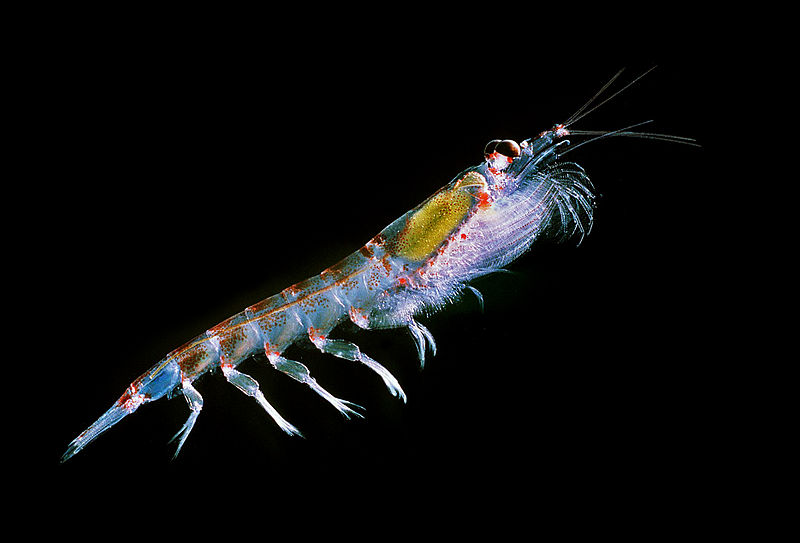Two days ago I said goodbye to my last Antarctica expedition group. We had a blizzard-like morning inside the caldera of an active volcano followed by a wonderfully calm afternoon where the penguins were putting on one last show. Their molts are finished and they are ready for a winter of fishing in the open ocean. The whales are out in full force right now, having a feeding frenzy before they too hit the open ocean on their annual migration between calving grounds and feeding grounds. The wildlife is on the move.
The big question is not necessarily where do the animals go from here, but more so why the heck were they here in the first place? Why do the arctic terns endure at least a 20,000 nautical mile migration every year to come to Antarctica from the Arctic? Why do the humpbacks leave the warm calving grounds in Panama to deal with cold and ice for their summer? Why do penguins decide to make the Antarctic their home when it’s shown in places like South Africa and South America that they can thrive in more temperate conditions as well? The answer is quite a small one, literally….the whole reason why the masses congregate upon Antarctica for the short summer season is simply…krill. The tiny, seemingly insignificant unsung hero of Antarctica.
The whales would be nothing without the inch long critters that they feed on. The penguins would go hungry, the seals would go hungry, the orcas would go hungry…I think you get the idea by now…the entire food web of Antarctica is dependent on these little guys. On this last Antarctica trip, we were fortunate to have some biologists on board from Oregon State University who have been studying whale and krill populations in depth for the last few years. In a presentation today, they mentioned that last year in Wilhelmina Bay (an area of Antarctica known for its whales) there were an estimated two million tons of krill in the fall. If I were into eating krill, that’d be a meal worth swimming half the world for.
I’ll try to avoid getting too scientific here, but bear with me for a moment. The krill will spend their first year of life living on the underside of the sea ice feeding on the phytoplankton that grows there. The phytoplankton are dependent on the sea ice to form, which brings up the question of what’s happening with the sea ice. Though I’m not a climate change expert, I am fortunate to be able to explore areas of the world that are on the forefront of the climate change discussions, and consequently I am fortunate to work with some very well informed climate change experts.
Antarctica is warming at an alarmingly fast rate. According to WWF, the air above Antarctica has warmed three times faster than the global average and nearly 90% of glaciers are retreating. With the warming comes less sea ice, and less sea ice means less phytoplankton. You can do the math here when it comes to the food web. There has also been introduction of new species due to warmer water, species that are now competing with the krill for the phytoplankton. However, these new species (namely salps) are not contributing to the food web in the same way that the krill do.
Plenty of organizations like WWF are making great strides in the study of how climate change affects everything from krill to whales to penguins. Currently, WWF, as part of the Antarctic Ocean Alliance, has proposed the full protection of 510 thousand square miles in the Ross Sea. The biggest step that we can take right now is gathering more information. Information on sea ice from year to year, phytoplankton and krill populations, and the movements of krill’s predators will help us better understand what is happening here on the peninsula, and will hopefully be useful in preventing it from happening elsewhere.
If you want to learn more about how climate change affects sea ice and wildlife populations, read these studies published by WWF:
Whales in Hot Water: The Impact of a Changing Climate on Whales, Dolphins and PorpoisesAntarctic Penguins and Climate Change
Impacts of 2 degrees Celsius global warming on Antarctic Penguins
And if you want to see first-hand what’s happening with Antarctic sea ice and wildlife, well then come on down to Antarctica next year and we can have a great discussion over a glass of wine. It’s a continent well worth experiencing!
Since this is my last post, I’ll leave you with a slideshow of some of my favorite shots from the season. Hope you enjoy them, and hope to see you out there next year! All slideshow photos © Nate Small Photography.
[raw][metaslider id=11817][/raw]






























Great information. It helped me write my paper that was due the next day I wrote it.THANKS A TON!!!
Krill is so important for wildlife. I’m bothered by the hype that people should take more krill oil. The animals have a hard enough time getting enough food. Once reviered celebrities like Dr. Oz start promoting krill oil for people, what will be left for wildlife??
It’s interesting to read about how important Antarctic krill is – especially because I’ve seen a bunch of commercials for Omega supplements made with Antarctic krill recently:
https://jamiesonvitamins.com/OmegaRED-SuperKrill
Website says it’s sustainably sourced, but no details are provided 🙁